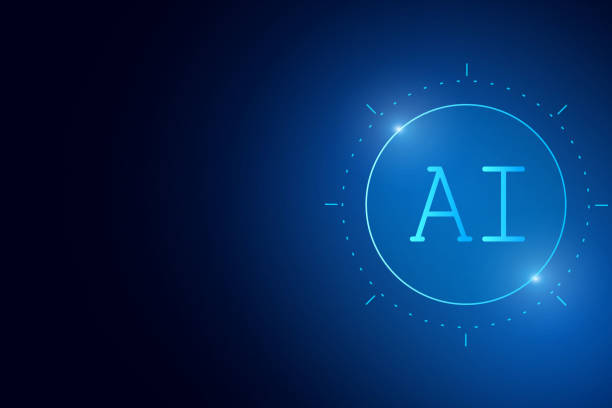What is On-Page SEO and Why Does it Matter?
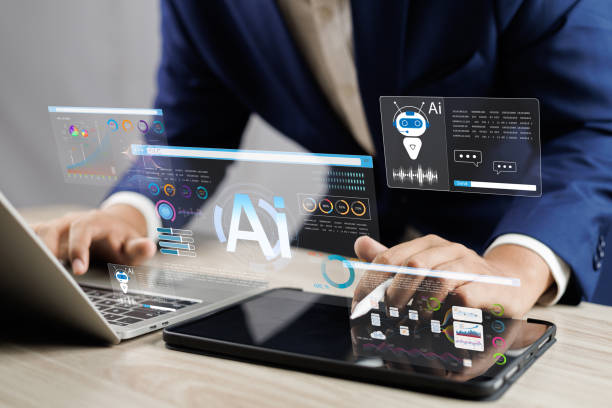
On-Page SEO refers to a set of actions you take within your website to improve your site’s ranking in the search results of Google and other search engines.
These actions include optimizing content, HTML tags, site structure, and other internal elements of the website.
The importance of On-Page SEO is that it helps search engines better understand the content of your site and display it to users looking for relevant information.
Without proper On-Page SEO, even with the best content, you may not be visible in search results.
#SEO is a continuous process and requires careful attention and review.
On-Page SEO is an important part of SEO and should not be ignored.
Proper optimization of On-Page SEO increases site traffic and attracts the target audience.
In fact, On-Page SEO acts like a strong infrastructure for your website building.
The stronger this infrastructure, the more likely your website will be successful in attracting visitors and increasing its ranking in search engines.
Paying attention to technical and content details in On-Page SEO can make a big difference in the visibility of your website.
Are you tired of losing business opportunities due to not having a professional company website?
Rasawab helps you with professional company website design:
✅ Build a powerful and reliable image of your brand
✅ Turn website visitors into loyal customers
⚡ Get a free consultation right now!
Keyword Research – The Cornerstone of On-Page SEO
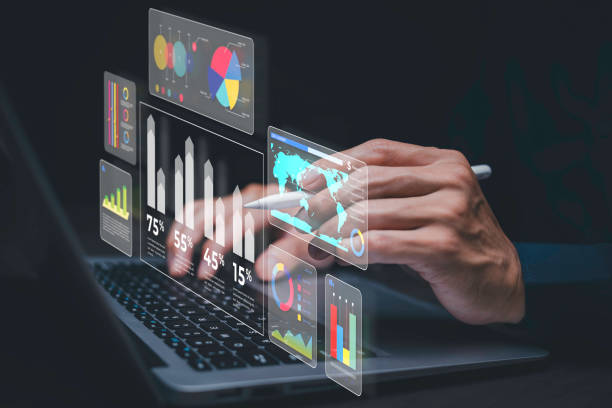
Keyword Research is the first and most important step in On-Page SEO.
Before you start writing content or optimizing your site pages, you need to know exactly what terms users are entering into search engines.
There are several tools available for keyword research, including Google Keyword Planner, Ahrefs, and SEMrush.
Using these tools, you can find keywords related to your business, check their search volume, and select low-competition keywords.
Choosing the right keywords has a direct impact on the amount of traffic that comes to your site through search engines.
On-Page SEO without keyword research is like building a house without a plan.
You should also note that keywords should be used naturally in your content and avoid overusing them.
Excessive use of keywords (Keyword Stuffing) can lead to your site being penalized by Google.
On-Page SEO requires balance and a natural approach.
Optimizing the Page Title (Title Tag) and Meta Description
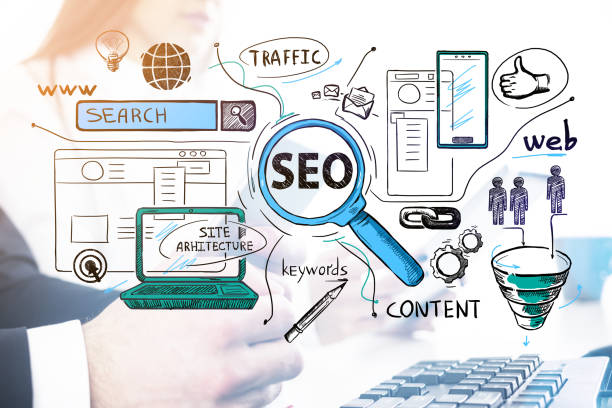
The Page Title (Title Tag) and Meta Description are two important HTML elements that are displayed in search results.
The page title should be short, engaging, and contain the page’s main keyword.
The meta description should also provide a brief and engaging description of the page’s content and encourage the user to click on your link.
Optimizing these two elements has a significant impact on your click-through rate (CTR) in search results.
If the page title and meta description are attractive and relevant, more users will click on your link, which will help improve your site’s ranking.
On-Page SEO pays special attention to these two elements.
On-Page SEO should be done in a way that is attractive to both search engines and users.
A good page title and meta description act like an attractive storefront for your shop and draw visitors inside.
| Feature | Description |
|---|---|
| Page Title (Title Tag) | An element in HTML that displays the page title in search results and browser tabs. |
| Meta Description | A brief description of the page content that is displayed below the page title in search results. |
| Importance | Improve click-through rate (CTR) and attract more visitors |
Content Optimization – The King of On-Page SEO
![]()
Content is king! This phrase is often heard in the world of On-Page SEO and it’s true.
High-quality, valuable, and relevant content is the most important factor in attracting and retaining users on your site.
Your content should answer users’ questions and needs and provide them with the information they need.
Also, your content must be unique and original, and avoid copying from other sites.
Search engines place great importance on high-quality, original content, and sites that provide valuable content rank better in search results.
Content marketing is one of the best ways to attract the target audience and increase site traffic.
You should also note that your content should be optimized for keywords.
But you should not use keywords unnaturally.
The content should be written naturally and fluently, and keywords should be cleverly incorporated into it.
On-Page SEO means creating a balance between optimizing for search engines and providing valuable content for users.
Does your company website perform as it deserves your brand? In today’s competitive world, your website is your most important online tool. Rasawab, a specialist in professional company website design, helps you:
✅ Build customer credibility and trust
✅ Convert website visitors into customers
⚡ Get a free consultation!
Image Optimization – An Important Role in On-Page SEO
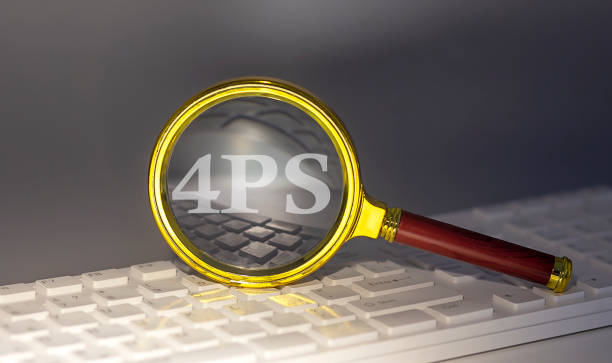
Images play an important role in the attractiveness and efficiency of your website.
But unoptimized images can slow down your site’s loading speed and harm your On-Page SEO.
To optimize images, you should reduce their size, use appropriate formats (such as JPEG for photos and PNG for images with transparent backgrounds), and set appropriate ALT tags for them.
The ALT tag helps search engines understand the content of the image and display it to users looking for relevant images.
On-Page SEO pays special attention to image optimization.
You can also use file names related to the image content.
For example, if you have an image of a specific product, change the file name to the product name.
This helps search engines better understand the relationship between the image and the page content.
On-Page SEO is a comprehensive process that includes optimizing all elements of the website.
URL Structure Optimization – Guiding Search Engines

The URL structure of your website pages plays an important role in On-Page SEO.
Your URLs should be short, readable, and contain keywords related to the page content.
Avoid using special characters and meaningless numbers in URLs.
Optimized URLs help search engines better understand your site structure and properly index your pages.
On-Page SEO views URL structure as an important factor in site ranking.
You should also note that the structure of your URLs should be logical and hierarchical.
For example, if you have a page about a specific product, its URL should be a subset of the product category.
This helps users and search engines easily navigate your site.
On-Page SEO means creating a great user experience for your site visitors.
Internal Linking – Creating Connections Between Site Pages

Internal Linking refers to creating links between different pages of your website.
Internal linking helps search engines better understand your site structure and determine the importance of different pages.
Also, internal linking helps users easily navigate your site and access the information they need.
On-Page SEO considers internal linking as an important strategy for improving site rankings.
When internal linking, you should use the appropriate Anchor Text.
Anchor text is the phrase that links to another page.
Your anchor text should be relevant to the content of the page you are linking to.
Also, you should avoid using repetitive and general anchor texts.
On-Page SEO means creating a strong network of links within your website.
| Feature | Description |
|---|---|
| Internal Linking | Creating links between different pages of the website |
| Anchor Text | The phrase that links to another page |
| Importance | Improving site structure, user navigation, and site ranking in search engines |
Site Loading Speed – A Pleasant Experience for Users
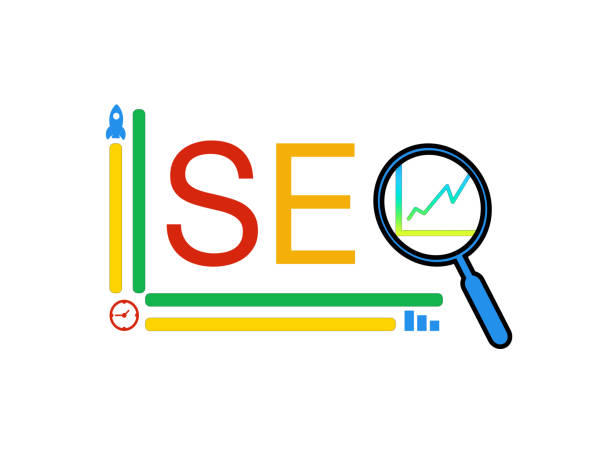
Site loading speed (Page Speed) is one of the important factors in user experience and On-Page SEO.
Users expect your website pages to load in seconds.
If your site’s loading speed is slow, users will leave your site and go to other sites.
Also, search engines place great importance on site loading speed, and sites with high loading speeds rank better in search results.
On-Page SEO emphasizes optimizing site loading speed.
To improve your site’s loading speed, you can use various methods, including optimizing images, using CDN, enabling Cache, and reducing the size of HTML, CSS, and JavaScript files.
On-Page SEO requires attention to technical details and optimization of all website elements.
Do you dream of a thriving online store but don’t know where to start?
Rasawab is your comprehensive online store design solution.
✅ Attractive and user-friendly design
✅ Increase sales and revenue⚡ Get a free consultation
Site Responsiveness – Compatibility with Different Devices
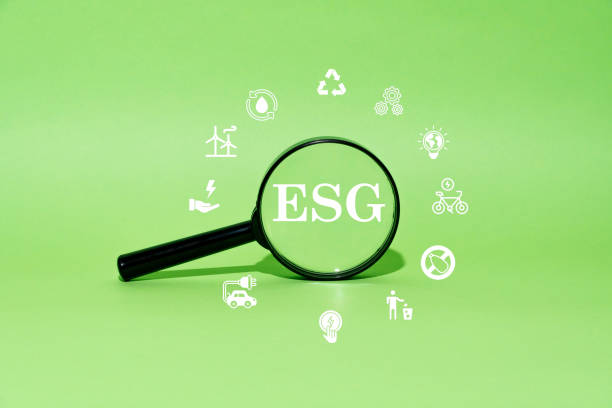
Responsiveness means your website is compatible with different devices (such as mobile, tablet, and desktop).
Today, most users access the Internet through mobile devices.
Therefore, your website should be designed to display correctly on mobile devices.
Search engines also place great importance on site responsiveness, and sites that are responsive rank better in search results.
On-Page SEO emphasizes responsive website design.
To make sure your website is responsive, you can use responsiveness testing tools.
These tools show you how your website is displayed on different devices.
On-Page SEO means creating a great user experience for all your site visitors, regardless of the device they are using.
Continuous Content Updates – Freshness and Value for Users and Search Engines

Continuous Content Refresh is one of the important strategies in On-Page SEO.
Search engines give more importance to sites that constantly update their content.
Updating content shows that your site is active and provides users with new and valuable information.
On-Page SEO means providing fresh and relevant information to users and search engines.
To update content, you can edit your old articles, add new information to them, and optimize them with new keywords.
Also, you can publish new articles about topics related to your business.
On-Page SEO is a continuous process that requires constant effort and follow-up.
Note that simply changing the publication date of an old article is not enough.
The content of the article must be actually updated and new information added to it in order to be valuable to users and search engines.
On-Page SEO means focusing on the quality and value of content.
Frequently Asked Questions
| Question | Answer |
|---|---|
| What is On-Page SEO? | On-page SEO involves optimizing elements that are directly under your control and within your website. The goal is to help search engines better understand the content of the page and improve its ranking. |
| Why is On-Page SEO important? | On-page SEO gives clear signals to search engines about the content of the page, improves user experience, and increases the chances of attracting organic traffic. |
| What are the most important factors of On-Page SEO? | Keywords, Title Tag, Meta Description, URL structure, high-quality content, image optimization, and internal links are among the most important factors. |
| What is the role of the Title Tag in On-Page SEO? | The title tag is one of the most important signals for search engines and users that specifies the main topic of the page. It should include the main keyword and be engaging. |
| How important is the Meta Description? | The meta description does not directly affect ranking, but it can improve the click-through rate (CTR) by encouraging users to click. |
| How do we optimize images for On-Page SEO? | By using a descriptive file name, appropriate Alt Text containing keywords, compression to reduce size, and correct dimensions. |
| What impact do Internal Links have on SEO? | Internal links help search engines discover and index site pages, distribute authority (PageRank) throughout the site, and improve user navigation. |
| Is page loading speed a factor in On-Page SEO? | Yes, page loading speed is a critical factor in On-Page SEO and user experience. Slower pages can lead to higher bounce rates and lower rankings. |
| What are the characteristics of high-quality content for On-Page SEO? | High-quality content should be comprehensive, unique, relevant, reliable, readable, and fully answer the needs and questions of users. |
| How can keywords be used in content? | Keywords should be used naturally in the title, subtitles, first paragraph, body text, and alt text of images. Avoid keyword stuffing. |
And other services of Rasa Web Advertising Agency in the field of advertising
Intelligent UI/UX: A new service to increase online growth through marketing automation.
Intelligent Reportage: An effective tool for online growth with the help of intelligent data analysis.
Intelligent Custom Software: A fast and efficient solution for user interaction with a focus on marketing automation.
Intelligent UI/UX: A new service to increase customer acquisition through a content-SEO-oriented strategy.
Intelligent Advertising Campaign: A new service to increase digital branding by optimizing key pages.
And more than hundreds of other services in the field of internet advertising, advertising consulting, and organizational solutions
Internet Advertising | Advertising Strategy | Advertisement Report
Resources
Keyword Density Analyzer Tool
,On-Page SEO Training
,On-Page Site Optimization
,On-Page SEO Guide
? Ready to transform your business in the digital world? Rasa Web Afarin, with expertise in Secure Website Design, Professional SEO, and Content Marketing, paves the way for your success and visibility. With us, guarantee the future of your online business.
📍 Tehran, Mirdamad Street, next to the Central Bank, South Kazerun Alley, Ramin Alley No. 6



